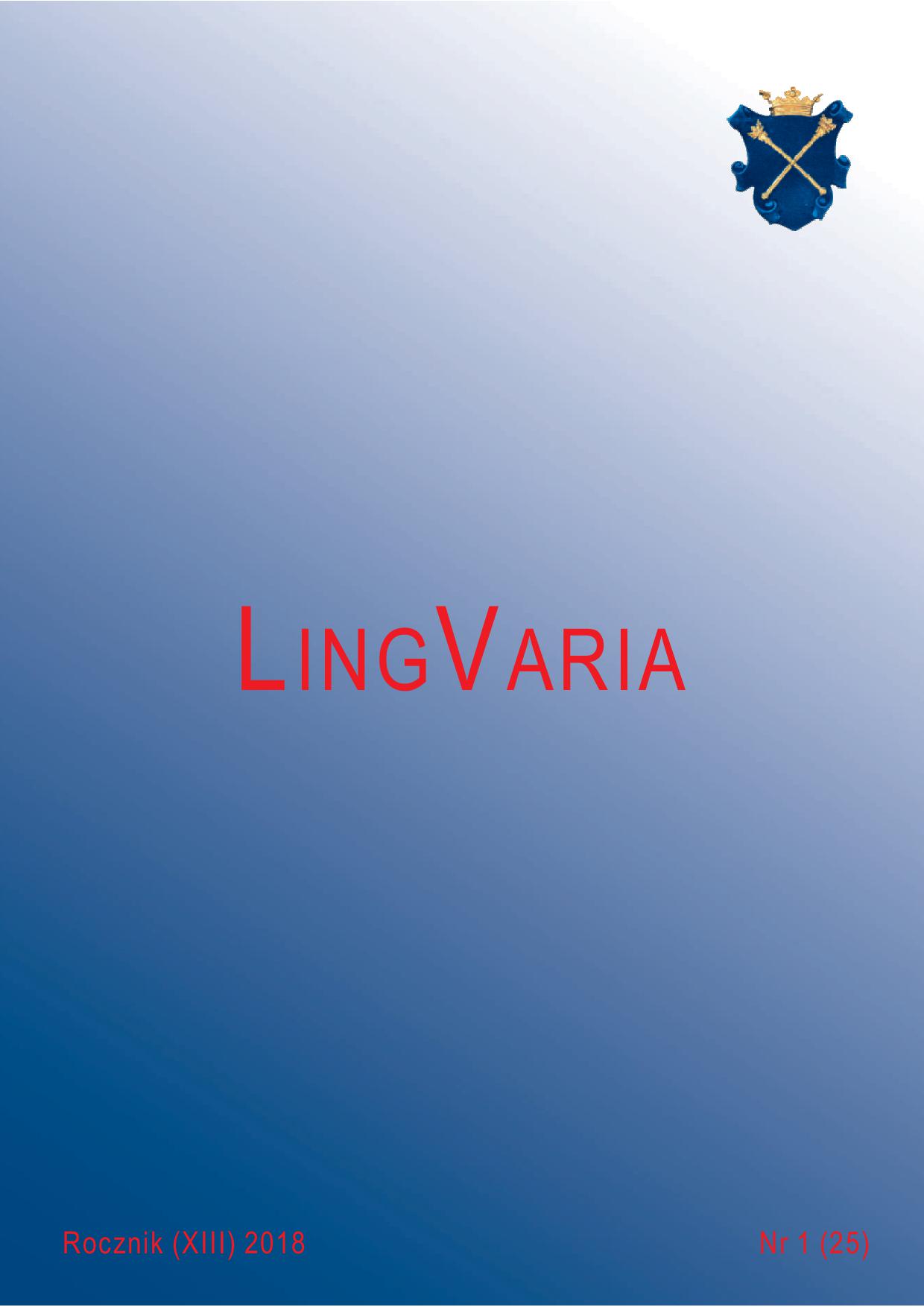Wziął braciszek strzelbiczkę, trafił myśliweczka w główeczkę…
Wziął braciszek strzelbiczkę, trafił myśliweczka w główeczkę…
On (un)conventional uses of diminutives in Polish folk songs
Author(s): Katarzyna ProrokSubject(s): Cultural history, Theoretical Linguistics, Applied Linguistics
Published by: KSIĘGARNIA AKADEMICKA Sp. z o.o.
Keywords: diminutives; folk song; linguistic image of the world
Summary/Abstract: The paper attempts to specify the function of diminutives in folk songs, and to find to what degree they can be considered a reliable source in the reconstruction of the linguistic image of the world. The starting point are the findings of Jerzy Bartmiński who distinguished five main functions of diminutives in folk songs: intellectual (communicating smallness), emotional (communicating endearment), rhythm-creating, rhyme-creating, and structural-poetic (signalling the style of the folk song: affectionate, tender, and noble). An analysis of lyrics where diminutives appear frequently and, unusually for them, in contexts of pejorative nature (e.g. in the wife’s description of how she killed her husband: zabiłam go drewienkiem w komórce pod okienkiem), allows the author to formulate a hypothesis that the structural-poetic function of diminutives is not only to establish a “tender and gentle” style in order to evoke positive emotions (create a positive image of the world), but also to evoke negative emotions (and create a negative image of the world). In pejorative texts, partially desemantized diminutives with their conventional tenderness and gentleness, can either soften the evil and the horror of the depicted world, neutralize negative emotions, or they can create such a sharp contrast with the “heartless” story which is being told, that the evil and dread of the world are intensified together with negative emotions. But this diversity of functions that diminutives can play in folk songs, ther partial desemantization and conventionality, render them particularly difficult to analyze, and a reasearcher of the linguistic image of the world should approach them with caution.
Journal: LingVaria
- Issue Year: 13/2018
- Issue No: 25
- Page Range: 163-178
- Page Count: 16
- Language: Polish

